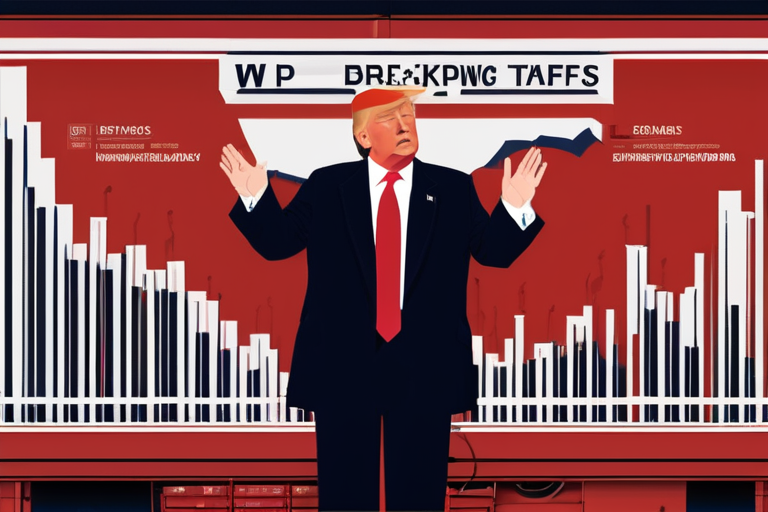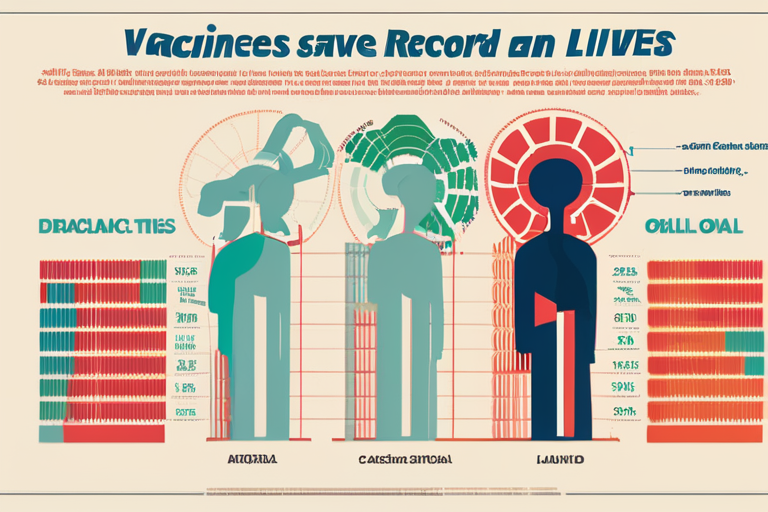Education Department Shifts $500 Million to Privatized Alternatives


Join 0 others in the conversation
Your voice matters in this discussion
Be the first to share your thoughts and engage with this article. Your perspective matters!
Discover articles from our community

 Hoppi
Hoppi

 Hoppi
Hoppi

 Hoppi
Hoppi

 Hoppi
Hoppi

 Hoppi
Hoppi

 Hoppi
Hoppi

BREAKING NEWS President Trump's Tariffs Spark Market Turmoil, Experts Warn of Economic Uncertainty Updated: October 2, 2025, 7:50 AM ET …

Hoppi

The Future of the Grid: Simulation-Driven Optimization Revolutionizes Power Distribution In a groundbreaking effort to modernize the nation's power grid, …

Hoppi

MarketsShareShare this articleCopy linkX iconX (Twitter)LinkedInFacebookEmailHBAR Slumps 4 as Technical Breakdown Triggers Heavy SellingHederas token tumbled from 0.22 to 0.21 …

Hoppi

BREAKING NEWS: Multiple Fatalities Reported in Michigan Church Shooting At least four people are dead and eight others have been …

Hoppi

Record-Setting Year for Lifesaving Vaccines: 1.7 Million Lives Saved A record number of lives were saved by lifesaving vaccines delivered …

Hoppi

Breaking News: Indonesia School Collapse Leaves Dozens Trapped, Multiple Fatalities Reported At least three students were killed and over 100 …

Hoppi